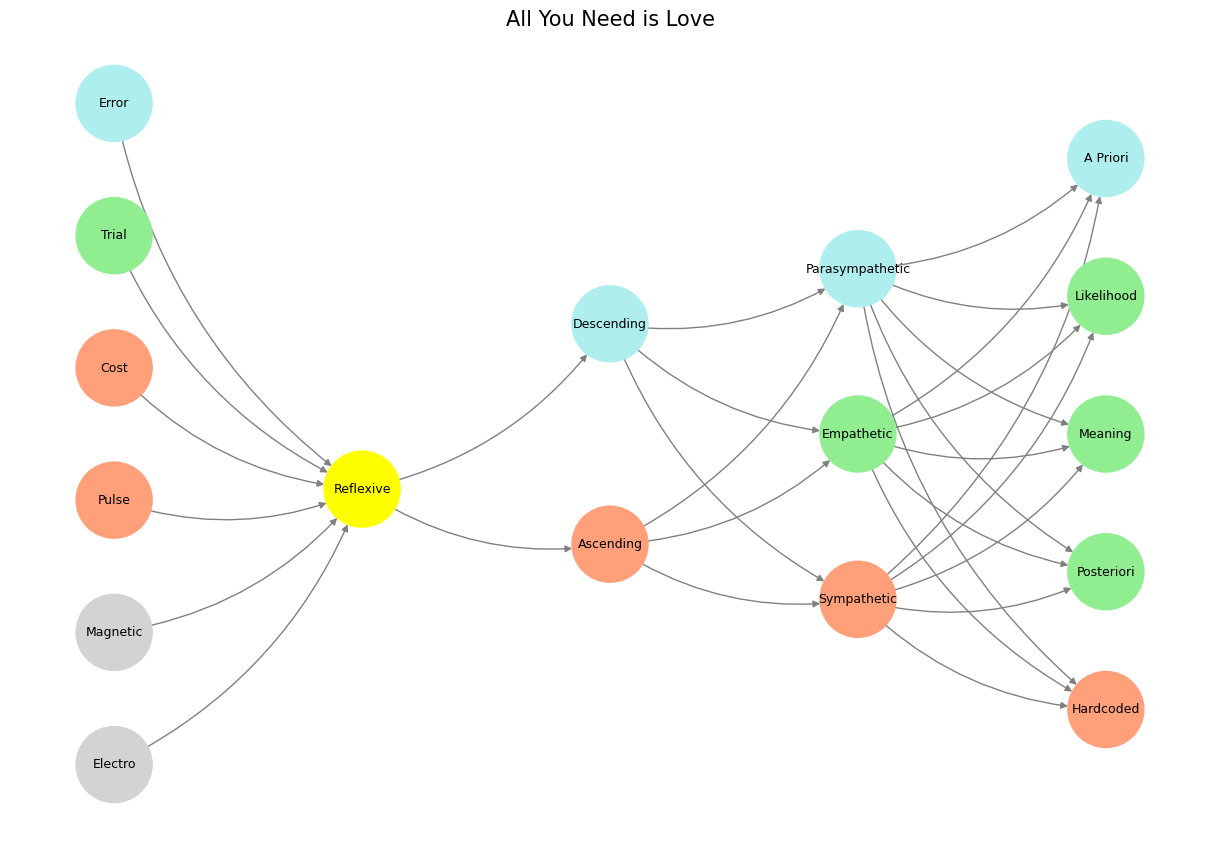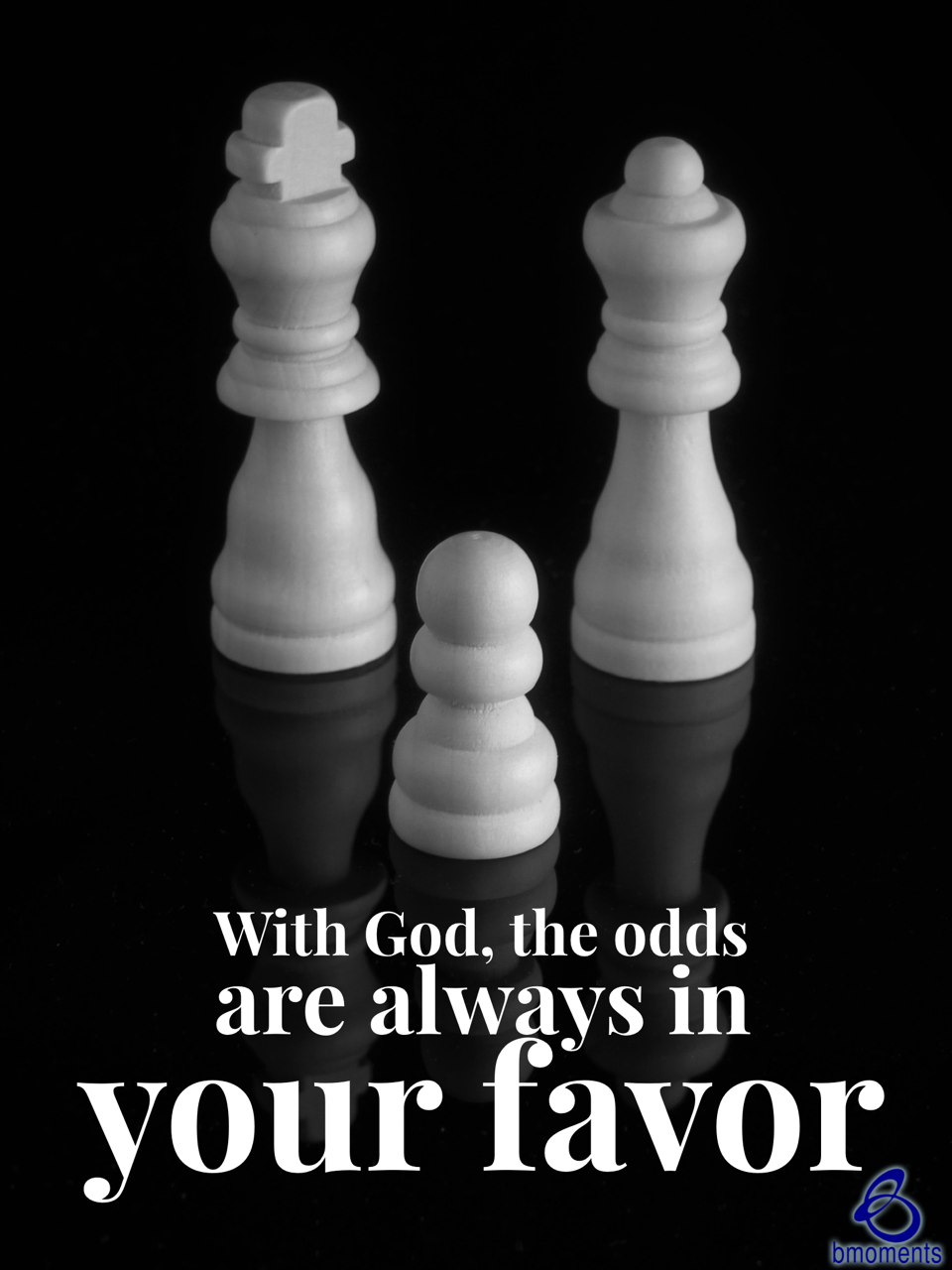Born to Etiquette#
In the grand theater of human decision-making, three symbols govern the dance between fate and mastery: Athena’s spear, Apollo’s harp, and the ever-spinning wheel of games. Each embodies a different domain of engagement with the unknown—one of strategy and wisdom, another of harmony and structure, and the last, a domain of chance and risk. Within this framework, all games can be understood through a spectrum of odds, from the cold determinism of fixed probabilities to the wild and unpredictable realm of deep commitment, where the only certainty is exposure to the unknown.
At the lowest level of this hierarchy are games of pure chance—coin tosses, roulette wheels, dice rolls. This is the 95-5 realm, where Athena’s shield offers little defense, for no wisdom or preparation can alter the weight of a spinning ball or the tumbling of a die. This is Dostoyevsky’s The Gambler, where the protagonist believes he has found meaning in the random, only to be crushed under the sheer indifference of probability. The house always wins, not because it is clever, but because it is structural—its odds are fixed. Players who venture into this domain hoping for control quickly realize they are merely participants in a mathematical certainty, a performance in which every possible outcome is already written, dictated by the laws of large numbers.

Fig. 29 Layers of Neural Network: Apollonian Structure, Colors of Nodes: Emotions, Edges between Nodes: Cadences#
Ascending slightly, we enter the world of poker. Here, the game is no longer about raw probability alone but about obscuring information, about playing the players rather than the cards. This is the 80-20 realm, where Athena’s shield takes a new form—not as an impenetrable barrier, but as a screen behind which intentions and tells are hidden. Here, it is not only the cards that matter, but the way one manages the sympathetic nervous system—masking the flush of adrenaline, steadying the hands, controlling micro-expressions. The best poker players are not merely gamblers; they are conductors of perception, sculptors of deception. The great bluffs of poker history, like Chris Moneymaker’s legendary 2003 World Series deception, show how a strategic misrepresentation of certainty can tilt the scales in an otherwise probabilistic game. Athena is here, but she operates through indirection, through the discipline of the mind rather than the surety of brute force.
Then we arrive at the Knife’s Edge, the 51-49 world, where minute advantages determine everything. This is the domain of horse racing, Formula One, and high-stakes competition where the slightest variation in conditions—weather, tire wear, reaction time—can decide the outcome. Here, mastery of the craft is absolute, yet uncertainty remains omnipresent. Lewis Hamilton is not merely a driver; he is an instrument of precision, extracting every last fraction of performance from his machine. But the moment technology converges to near-perfection, human skill becomes the only differentiator. The greatest horse jockeys do not win by controlling the race outright, but by channeling the latent potential of their horses. This is the paradox of the Knife’s Edge: it appears to be a test of control, but in reality, it is an exercise in optimization. Victory is not about domination, but about maximizing resources better than one’s opponent. The margins are impossibly thin, yet they are everything.
One step further, we enter the realm of war and chess—20-80. Here, strategy dominates, but unlike in poker or racing, the stakes are human, and the board is vast. Chess, with its combinatorial explosion of possibilities, is a game of pure resourcefulness, where each player is given the same starting conditions and victory is dictated by the ability to outthink the opponent. Elo ratings encode this resourcefulness, providing a quantifiable measure of one’s ability to navigate complexity. Yet war is more chaotic than chess, because its pieces are not wooden but human, subject to fear, defiance, and misinterpretation. In Apocalypse Now, Colonel Kurtz becomes an embodiment of this deviation from the script—the pawn who refuses to be moved, the soldier who recognizes that war is not a game but an existential abyss. Here, Athena’s wisdom is most present, for the successful general is not the one who acts rashly but the one who understands the long arc of decision-making, the weight of history and accumulated knowledge. War, when waged by the wise, is fought not only on the battlefield but in diplomacy, economics, and psychology.
And finally, we arrive at the highest level of games—5-95. The domain of love, religion, commitment, and blind leaps into the unknown. This is the realm of ultimate exposure, where rationality often dissolves and where Athena’s spear offers little protection. The one who loves, who commits fully, does so without any guarantee of return. This is the most dangerous game of all, for it demands not only risk but surrender. Yet, paradoxically, it is also the domain of creation. Without this leap, no grand project is ever undertaken, no civilization ever founded, no symphony ever composed. It is the realm of Tristan und Isolde, of those who embrace fate despite knowing its cost. And yet, this domain is also ripe for disruption, for exploitation, and when it collapses, it drags the player back to the brutal 95-5 reality, where randomness reigns and all calculations must begin anew.
Through this framework, all of human experience can be understood. The spinning wheel of games maps onto history, strategy, and art, with Athena’s spear guiding the pursuit of wisdom, Apollo’s harp composing the harmonies of structure, and the games themselves weaving the fabric of risk and reward. Those who navigate these domains must know not only where they stand but where they wish to go. For in the end, every decision is a wager, and the difference between mastery and folly is knowing which game you are truly playing.
Show code cell source
import numpy as np
import matplotlib.pyplot as plt
import networkx as nx
# Define the neural network fractal
def define_layers():
return {
'World': ['Electro', 'Magnetic', 'Pulse', 'Cost', 'Trial', 'Error', ], # Veni; 95/5
'Mode': ['Reflexive'], # Vidi; 80/20
'Agent': ['Ascending', 'Descending'], # Vici; Veni; 51/49
'Space': ['Sympathetic', 'Empathetic', 'Parasympathetic'], # Vidi; 20/80
'Time': ['Hardcoded', 'Posteriori', 'Meaning', 'Likelihood', 'A Priori'] # Vici; 5/95
}
# Assign colors to nodes
def assign_colors():
color_map = {
'yellow': ['Reflexive'],
'paleturquoise': ['Error', 'Descending', 'Parasympathetic', 'A Priori'],
'lightgreen': ['Trial', 'Empathetic', 'Likelihood', 'Meaning', 'Posteriori'],
'lightsalmon': [
'Pulse', 'Cost', 'Ascending',
'Sympathetic', 'Hardcoded'
],
}
return {node: color for color, nodes in color_map.items() for node in nodes}
# Calculate positions for nodes
def calculate_positions(layer, x_offset):
y_positions = np.linspace(-len(layer) / 2, len(layer) / 2, len(layer))
return [(x_offset, y) for y in y_positions]
# Create and visualize the neural network graph
def visualize_nn():
layers = define_layers()
colors = assign_colors()
G = nx.DiGraph()
pos = {}
node_colors = []
# Add nodes and assign positions
for i, (layer_name, nodes) in enumerate(layers.items()):
positions = calculate_positions(nodes, x_offset=i * 2)
for node, position in zip(nodes, positions):
G.add_node(node, layer=layer_name)
pos[node] = position
node_colors.append(colors.get(node, 'lightgray'))
# Add edges (automated for consecutive layers)
layer_names = list(layers.keys())
for i in range(len(layer_names) - 1):
source_layer, target_layer = layer_names[i], layer_names[i + 1]
for source in layers[source_layer]:
for target in layers[target_layer]:
G.add_edge(source, target)
# Draw the graph
plt.figure(figsize=(12, 8))
nx.draw(
G, pos, with_labels=True, node_color=node_colors, edge_color='gray',
node_size=3000, font_size=9, connectionstyle="arc3,rad=0.2"
)
plt.title("All You Need is Love", fontsize=15)
plt.show()
# Run the visualization
visualize_nn()


Fig. 30 Glenn Gould and Leonard Bernstein famously disagreed over the tempo and interpretation of Brahms’ First Piano Concerto during a 1962 New York Philharmonic concert, where Bernstein, conducting, publicly distanced himself from Gould’s significantly slower-paced interpretation before the performance began, expressing his disagreement with the unconventional approach while still allowing Gould to perform it as planned; this event is considered one of the most controversial moments in classical music history.#

